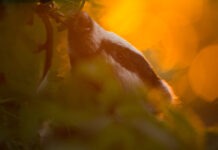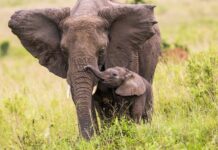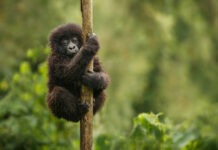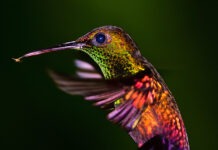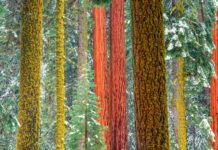Park officials in Rwanda have reported a rare birth of mountain gorilla twins – no small triumph for the endangered species numbering a mere 780.
The successful twin birth is only the second since 2004, and just five previous cases of twins have occurred since record-keeping began 40 years ago, gorilla trackers from the Volcanoes National Park say.
“It’s uncommon among the population of gorillas, and very few cases of twins have been documented in the wild or captivity. The twins in Hirwa Group provide another opportunity for comparative research on this rare case of twining in primates, therefore continuing to get more knowledge and reference for gorilla research, and conservation in general,” said Prosper Uwingeli, the Chief Park Warden, as quoted by AllAfrica.com.
Mountain gorillas are Rwanda’s primary tourist attraction, but their population is alarmingly weak. Researchers say the current total of 780 gorillas is a quarter higher than it was seven years ago.
Wildlife officials said the baby gorillas are in good health. “The twins, both of them males, were born Thursday 6th Feb of a mother gorilla called Kabatwa.
The majority of mountain gorillas are found in the Virunga massif, which covers Rwanda, Uganda and the Democratic Republic of Congo. A 2010 census found a 26 percent increase in gorillas in Virunga chain habitat.
Many of these gorillas live in four national parks in Rwanda, Uganda, and the Congo (Mgahinga Gorilla National Park, Volcanoes National Park, Virunga National Park, and the Bwindi Impenetrable National Park). The presence and vigilance of ranger patrols in these areas have decreased some of the poaching, and created a more stable environment for gorillas to live in and reproduce.
While the area has been stabilized somewhat, there is still military conflict and poaching taking place. Recently, a number of wildlife rangers were killed along with some government officials in an attack in the Congo.
Rwanda’s gorillas draw many tourists each year from foreign countries. Last year $200 million dollars was made from tourism, which was an increase from the previous year of about 14 %. The number one tourist activity was gorilla tracking.
Source: EcoWorld





